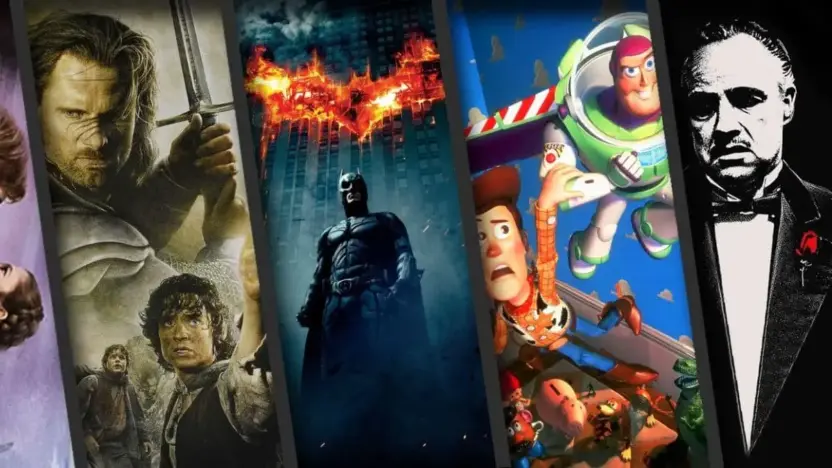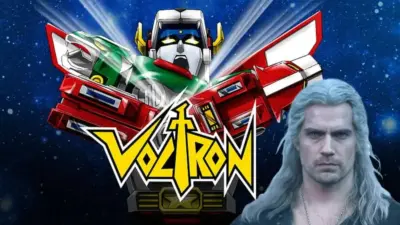Trilogies offer the chance to build intricate stories, develop beloved characters, and leave a lasting impact on the audience. The magic of a trilogy lies in its ability to maintain consistency and quality across three films, delivering a cohesive narrative that resonates with viewers. Some trilogies become iconic, shaping pop culture and setting benchmarks for storytelling. In this blog, we explore 10 of the most Perfect movie Trilogies of All Time, known for their storytelling, character development, and overall impact.
Perfect movie Trilogies of All Time (Top 10)
- The Lord of the Rings Trilogy (2001-2003)
- The Dark Knight Trilogy (2005-2012)
- The Godfather Trilogy (1972-1990)
- Star Wars Original Trilogy (1977-1983)
- The Matrix Trilogy (1999-2003)
- Toy Story Trilogy (1995-2010)
- The Bourne Trilogy (2002-2007)
- The Back to the Future Trilogy (1985-1990)
- The Indiana Jones Trilogy (1981-1989)
- The Spider-Man Trilogy (2002-2007)
The Lord of the Rings Trilogy (2001-2003)
Peter Jackson’s The Lord of the Rings trilogy stands as one of the most epic and beloved trilogies in cinematic history. Based on J.R.R. Tolkien’s timeless novels, this trilogy—The Fellowship of the Ring, The Two Towers, and The Return of the King—takes viewers on an unforgettable journey through Middle-earth. The films are celebrated for their stunning visual effects, exceptional performances, and emotional depth. Jackson’s attention to detail and ability to stay faithful to the source material allowed these films to become a true masterpiece of fantasy cinema.
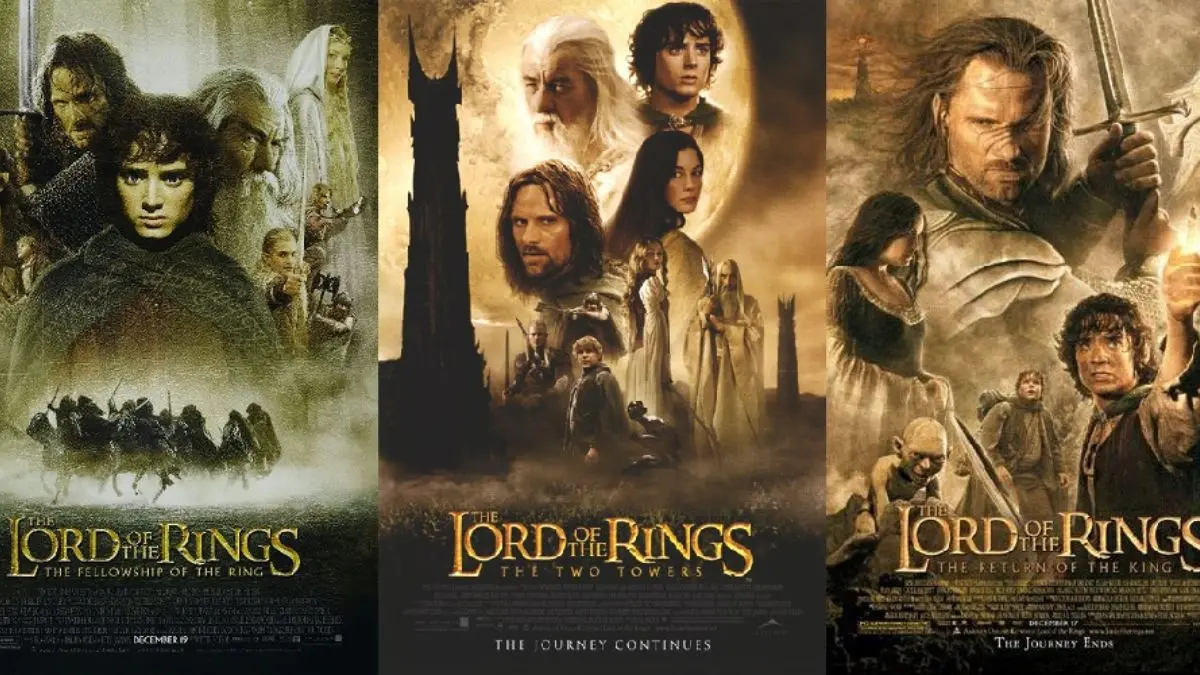
What makes The Lord of the Rings trilogy particularly impressive is its scope and ambition. The seamless integration of CGI, practical effects, and character-driven storytelling created a fully realized world that audiences could immerse themselves in. The trilogy culminates in The Return of the King, which went on to win 11 Academy Awards, tying for the most Oscars ever won by a single film. The emotional payoff of the trilogy’s final moments, combined with its themes of friendship, sacrifice, and hope, solidifies it as a timeless classic.
The Dark Knight Trilogy (2005-2012)
Christopher Nolan’s The Dark Knight Trilogy redefined the superhero genre, bringing a level of gravitas and realism that had never been seen before. Beginning with Batman Begins, the trilogy focuses on the journey of Bruce Wayne as he transforms into the vigilante hero, Batman. The second installment, The Dark Knight, is considered one of the greatest films of all time, largely due to Heath Ledger’s Oscar-winning portrayal of the Joker. The trilogy concludes with The Dark Knight Rises, offering a satisfying end to Bruce Wayne’s story.
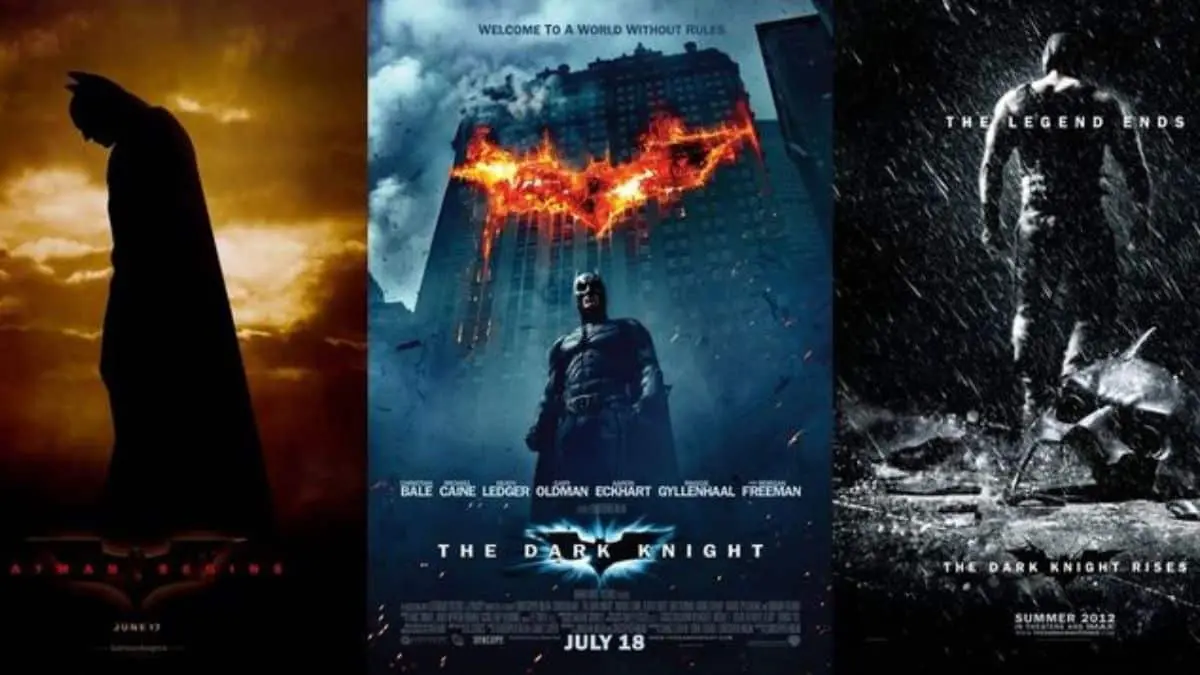
Nolan’s vision for Batman grounded the character in a world that felt real, exploring themes of fear, chaos, and redemption. The trilogy’s success is owed to its complex characters, philosophical underpinnings, and thrilling action sequences. The films not only reinvigorated the Batman character but also set a new standard for superhero films, influencing countless movies in the genre that followed.
The Godfather Trilogy (1972-1990)
When it comes to mafia films, no trilogy stands taller than Francis Ford Coppola’s The Godfather. Spanning nearly two decades, this trilogy tells the story of the Corleone family, focusing on the rise and fall of Michael Corleone. The first two films, The Godfather and The Godfather Part II, are widely regarded as two of the greatest films ever made, praised for their intense performances, particularly by Al Pacino and Marlon Brando. These films explore themes of power, corruption, family loyalty, and the American Dream.
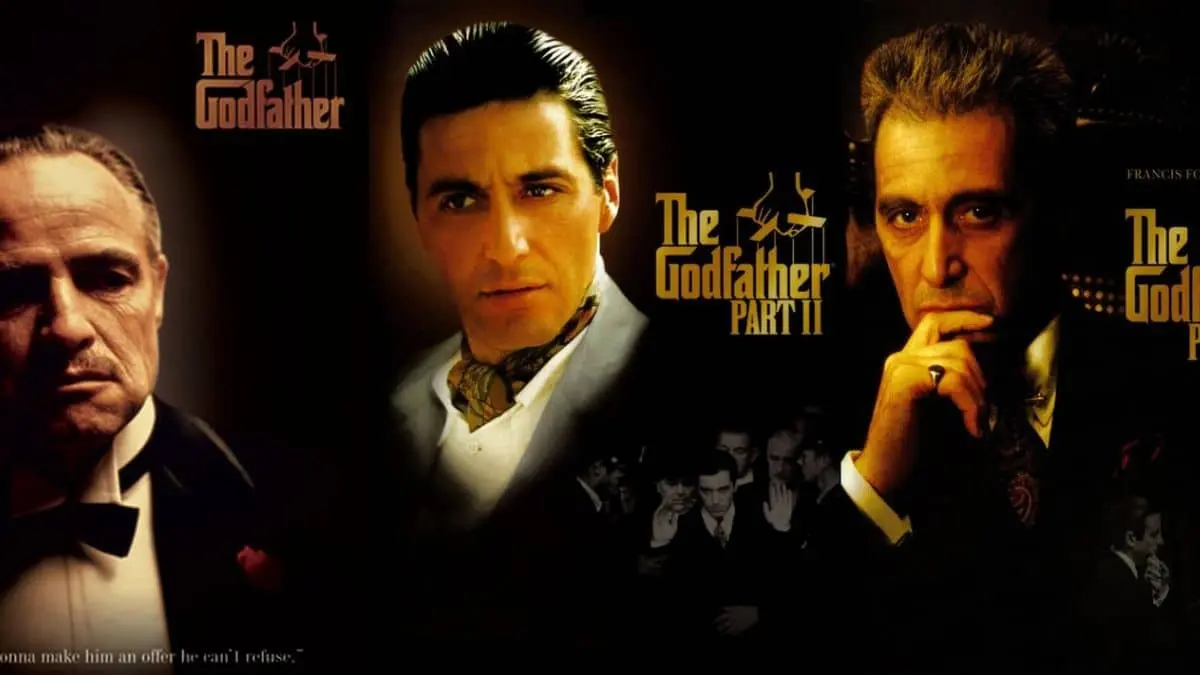
While The Godfather Part III is often considered the weakest entry in the trilogy, it still delivers a powerful conclusion to Michael Corleone’s tragic arc. Coppola’s meticulous direction and the trilogy’s exploration of morality and personal responsibility elevate The Godfather trilogy to legendary status, making it a must-watch for cinephiles.
Star Wars Original Trilogy (1977-1983)
Few trilogies have had as profound an impact on popular culture as George Lucas’ Star Wars original trilogy. Beginning with A New Hope, the saga introduced audiences to a galaxy far, far away, full of iconic characters like Luke Skywalker, Princess Leia, Han Solo, and Darth Vader. The Empire Strikes Back is widely regarded as the best of the trilogy, with its darker tone, deeper character development, and shocking twists. The trilogy concludes with Return of the Jedi, offering a satisfying resolution to the story of the Rebel Alliance’s fight against the Empire.
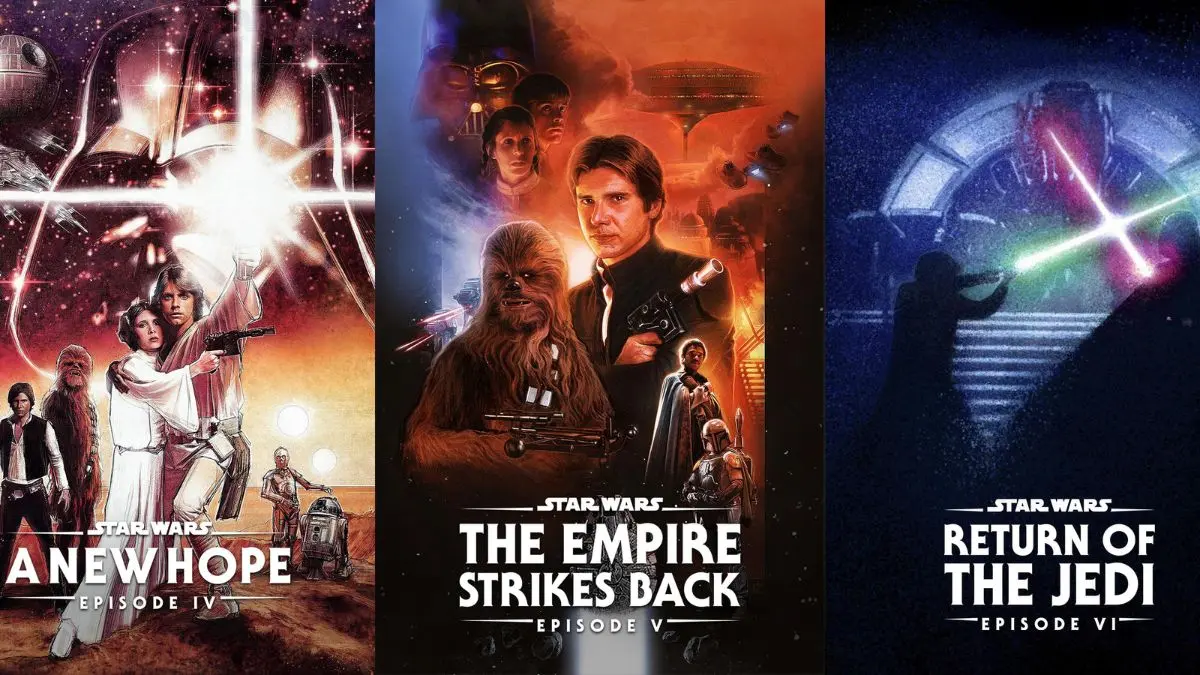
What makes the Star Wars trilogy stand out is its groundbreaking use of special effects, world-building, and compelling storytelling. These films didn’t just create a massive franchise—they changed the way movies were made and marketed, cementing George Lucas as a visionary filmmaker. The original trilogy remains beloved by fans of all ages and continues to influence modern-day cinema.
The Matrix Trilogy (1999-2003)
The Wachowskis’ The Matrix trilogy redefined the science fiction genre with its mind-bending concepts and groundbreaking special effects. Starting with The Matrix in 1999, the trilogy explores themes of reality, free will, and human consciousness within the context of a dystopian future where humans are unknowingly trapped inside a simulated reality. The second and third films, The Matrix Reloaded and The Matrix Revolutions, expand upon the world-building and philosophical questions introduced in the first film.

While the sequels received mixed reactions from critics, the Matrix trilogy remains a landmark in sci-fi filmmaking. The trilogy’s exploration of philosophical ideas, coupled with revolutionary action sequences (like the iconic “bullet time” effect), created a lasting impact on both the genre and pop culture at large. Keanu Reeves’ portrayal of Neo became iconic, and the trilogy continues to inspire discussions about technology and reality.
Toy Story Trilogy (1995-2010)
Pixar’s Toy Story trilogy is a heartfelt exploration of friendship, growing up, and letting go. The first film, released in 1995, was a revolutionary moment in animation as it was the first feature-length film made entirely with CGI. The story of Woody, Buzz Lightyear, and their fellow toys captivated audiences with its humor, emotion, and creativity. The sequels, Toy Story 2 and Toy Story 3, built on the original film’s success, adding layers of depth to the characters and themes.

The beauty of the Toy Story trilogy lies in its ability to resonate with both children and adults. As the characters grapple with issues like identity, loyalty, and the passage of time, the films evoke nostalgia and emotion. Toy Story 3’s poignant conclusion left many fans in tears, cementing the trilogy’s status as one of the greatest in animated cinema history.
The Bourne Trilogy (2002-2007)
The Bourne trilogy, starring Matt Damon as Jason Bourne, redefined the spy thriller genre in the 2000s. Beginning with The Bourne Identity, the trilogy follows Bourne as he uncovers the truth about his past and his connection to a shadowy government program. The Bourne Supremacy and The Bourne Ultimatum ramp up the action and suspense, delivering high-octane chase sequences and intense fight scenes.

What sets the Bourne trilogy apart is its realistic portrayal of espionage and its gritty, grounded action sequences. Matt Damon’s portrayal of Bourne as a vulnerable yet deadly protagonist made him an instant fan favorite. The trilogy’s influence can be seen in many modern action films, particularly in the James Bond franchise’s shift toward a more realistic, character-driven approach.
The Back to the Future Trilogy (1985-1990)
Back to the Future is a time-travel trilogy that became a pop culture phenomenon in the 1980s. Directed by Robert Zemeckis, the trilogy stars Michael J. Fox as Marty McFly, a teenager who accidentally travels back in time and must ensure his parents meet and fall in love. The sequels, Back to the Future Part II and Back to the Future Part III, expand on the time-travel concept, exploring alternate timelines and even venturing into the Old West.

The Back to the Future trilogy is celebrated for its clever storytelling, memorable characters, and innovative use of special effects. The films’ lighthearted tone, combined with the dynamic between Marty and Doc Brown (played by Christopher Lloyd), make the trilogy a beloved staple of 1980s cinema. Its imaginative take on time travel and its timeless humor continue to entertain audiences to this day.
The Indiana Jones Trilogy (1981-1989)
Before the fourth film was added, Indiana Jones was a near-perfect trilogy featuring one of cinema’s most iconic characters, played by Harrison Ford. Directed by Steven Spielberg, the trilogy—Raiders of the Lost Ark, Temple of Doom, and The Last Crusade—follows the adventures of Indiana Jones, an archaeologist who travels the globe in search of ancient artifacts. The trilogy is known for its thrilling action sequences, memorable villains, and Ford’s charismatic performance.
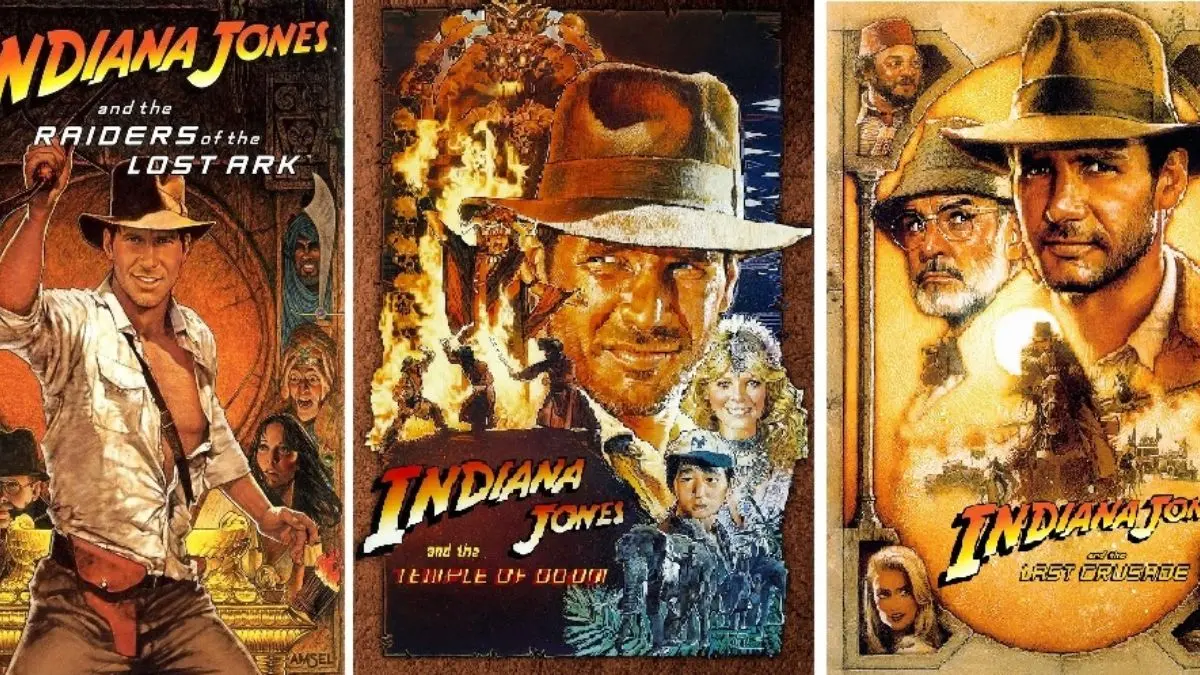
Each film in the Indiana Jones trilogy offers a unique blend of action, humor, and historical intrigue. While Raiders of the Lost Ark is often considered the best of the series, The Last Crusade offers a touching exploration of the relationship between Indy and his father, played by Sean Connery. The trilogy’s mix of action and adventure continues to inspire filmmakers and remains a favorite among fans of classic action cinema.
The Spider-Man Trilogy (2002-2007)
Sam Raimi’s Spider-Man trilogy is credited with sparking the modern superhero movie boom. Starring Tobey Maguire as Peter Parker, the trilogy explores the life of a young man balancing the responsibilities of being a superhero with the challenges of his personal life. Spider-Man 2 is often regarded as one of the best superhero films of all time, with its emotionally charged story and impressive action scenes. Spider-Man 3, though divisive, still completes Peter’s journey in a satisfying way.
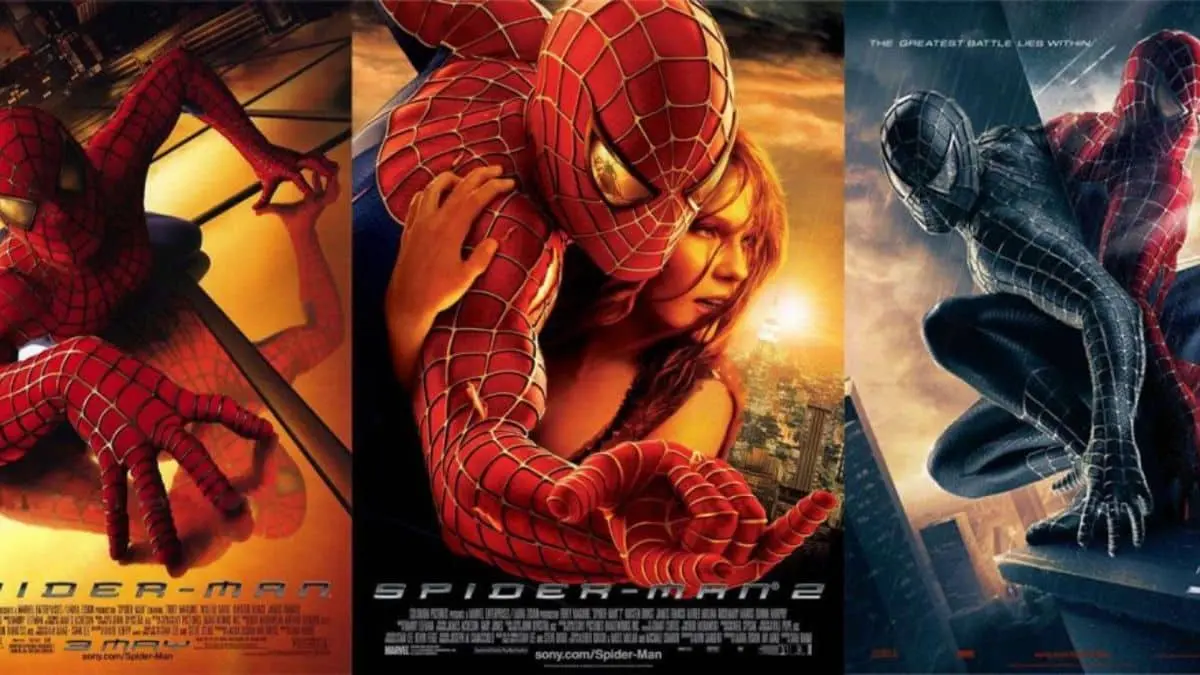
Raimi’s trilogy is celebrated for its earnest portrayal of Peter Parker and its faithfulness to the comic book source material. The films were groundbreaking in their special effects and fight choreography, helping to pave the way for the Marvel Cinematic Universe. Despite the mixed reception of the third film, the Spider-Man trilogy remains a fan-favorite and continues to influence the superhero genre today.
Also Read: What Are the Common Themes in Mass Entertainment Movies That Drive Their Popularity?
